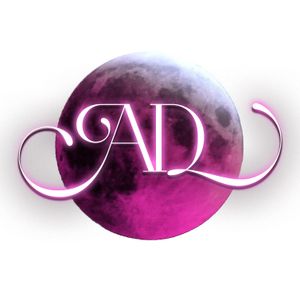An idea to the completed story, how does the magic happen?
Some writers are brilliant, creative, passionate, and/or enjoy storytelling. Some writers rely on factual information with the hope that they can enlighten someone else. Some writers make up wild fantasies that allow readers to dream with them.
I'm sure my writing process is not unique, but I thought I'd share it away.
My writing process is a combination of best practices, creativity, purpose, motivation, discipline, and instinct. Some days best practices from reading books and articles about my craft dictate how I write. Other days, creativity and purpose send my fingers flying across the keyboard as news words flow and my story forms. Motivation, and caffeine, is what keeps me up at 2:00 AM writing until I finish a chapter. Discipline is what keeps me committed to seeing these long projects through the fun begin and murky middle and to the satisfying end.
All of my stories start as an idea about a special person or object. I write fantasy novels and so I'm always willing to entertain stories about witches, mermaids, lockets, and grimoires. As an African American woman, I often want to (read and) write stories featuring women of color.
Next, I enter a brainstorming phase where I give myself the time and space to let my new story idea take root. I don't worry about if my idea is original. I don't worry about if my idea is predictable. I get to ignore plot holes and other problematic issues. I simply let the ideas solidify, multiple, fade in and out, and collide.
Some times the idea for a story doesn't go past the brainstorming phase. And that's okay. But when it does ... I'm interested, inspired, and motivated to see this seedling grow into a full-grown novel!
This is when I start writing everything down. I write down possible character names, names of places, and book titles. I write down descriptions of the protagonist, antagonist, and all the supporting characters that pop up first. Maybe I jot down ideas about the season and weather, what tone I want to use, what mood I want to convey. By this point, I have an idea about the genre and the maturity level.
Then, I begin the novel planning phase where I work on my logline, character descriptions, and synopsis. Boiling the story down to one sentence is incredibly difficult and useful. Creating character biographies complete with flaws and motivations become an essential reference. The synopsis, or summary, starts as a paragraph or two and ends up becoming two to four pages.
In the detailed summary, I insert the beats I need to hit for my genre and story length. This becomes the framework for my outline. I like to use the three-act structure, but not always, and I write my outline using bullet points. Bullet points cover locations, which characters are in the scene, lines of dialogue I've already thought of, and the goal of the scene.
Next, I write out a list of scenes I need to move my characters through the story and arrive at all of my plot points. Sometimes there are fifteen scenes and sometimes there are fifty.
Then the real work begins.
Scene by scene, I write my story as quickly and as enjoyably as possible. I allow for new ideas to take my characters or plot in a new direction. Problems get solved as I write and new ones pop up. Fun things like character quirks and backstory continue to evolve. I try to stick to the outline I created but the ending usually morphs into something far greater than I initially imagined.
The process takes hours. Two hours here, four hours there until I've put in so many hours that I've lost track and weeks have gone by. Because I am a stay-at-home-mom with two little ones, my writing time is limited. I tend to write at night, anywhere from 8 PM to 2 AM. Some nights I'm interrupted so much that I barely get 250 new words written. Other nights, things run smoothly, and I have reached my goal of 2,000 new words in an instant. Of course, I stop to spend time with my husband, react if the kiddos need me as well as take occasional breaks for stretching, snacks, and the bathroom.
Only after my first draft is done will I switch from creative writer to editor. I enter editor mode only after I've spent some time away from my story. This could be for two days or two weeks.
The editing progress, getting my story from draft one through draft four, is another journey involving test readers, writing software, and paid editors and proofreaders. I'll save that for another article.
Azaa'a Davis

I hope you found this article helpful.
